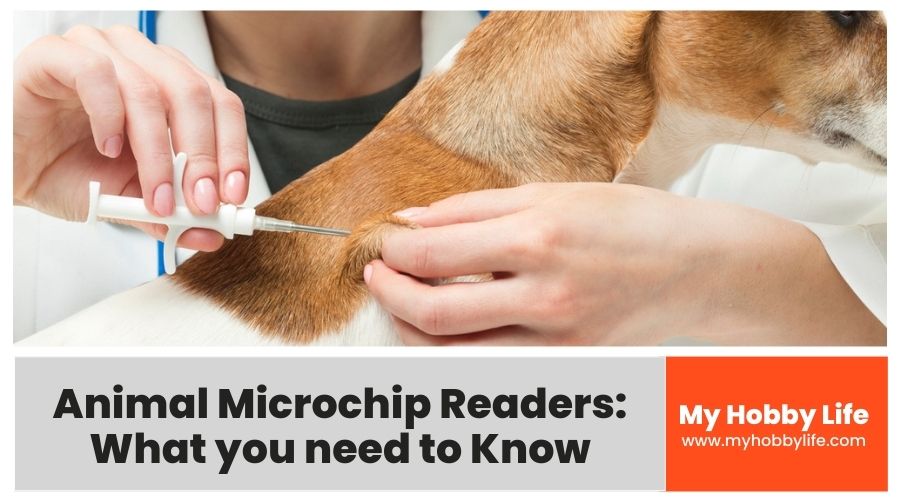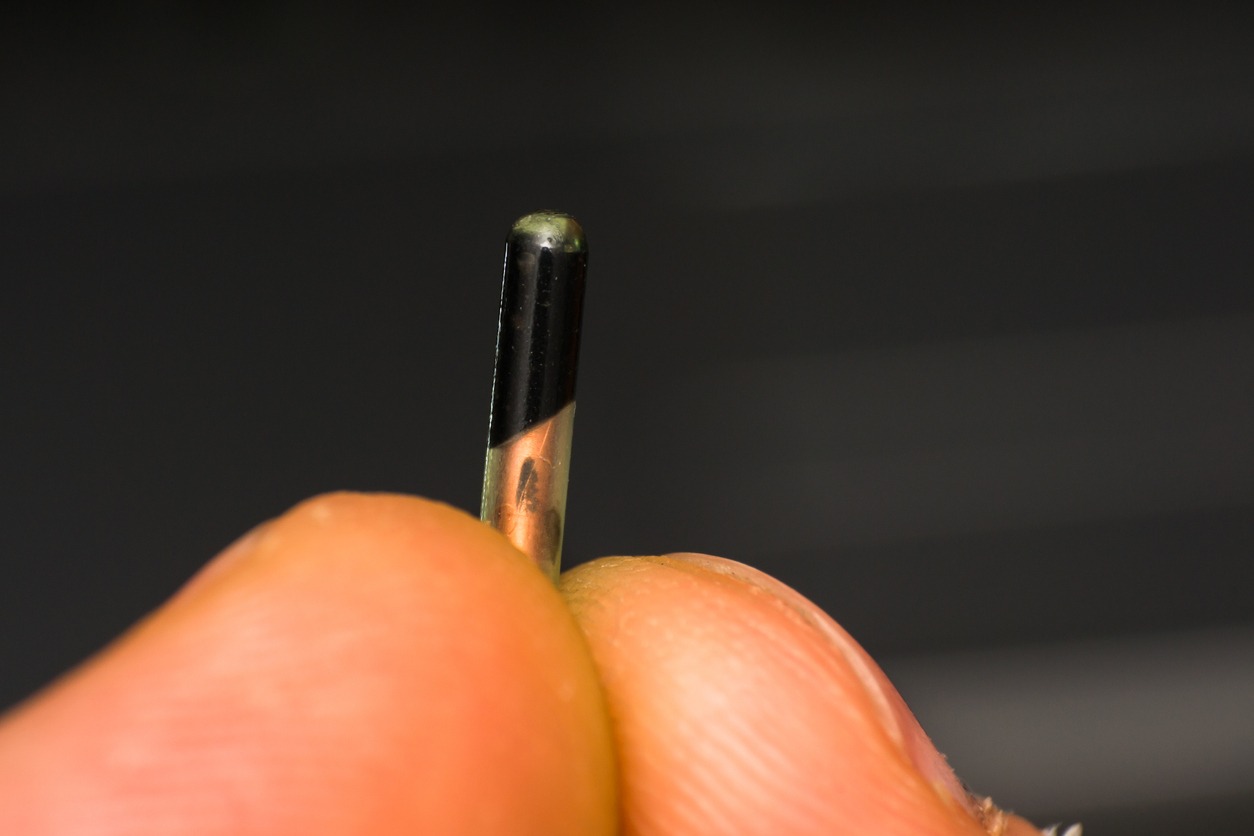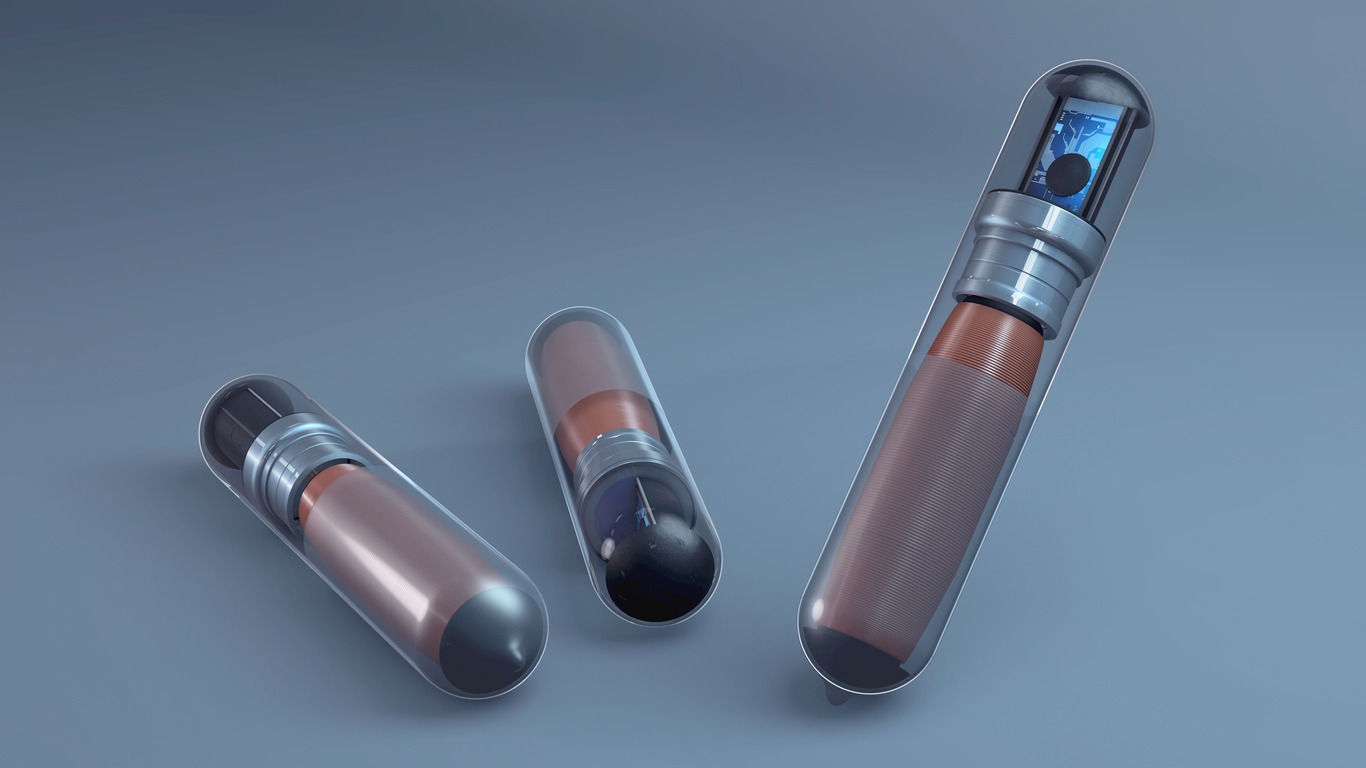One in three pets lose their owners at some point in their life, and it’s possible that yours will be one of them. That is more than sufficient justification for microchipping your cat or dog. But how do chips operate? Here are some fundamentals on pet microchipping, including how it functions and why it’s so crucial.
What is a Microchip?
Animal microchip implants are designed to enable accurate identification of your animal using a scanning tool that recognizes the chip inside. These microchip implants are no larger than a grain of puffed rice in size. This identifying microchip’s structure consists of a tiny bioglass capsule that houses its internal parts.
A silicon chip and teeny antenna enclosed in biocompatible glass make up microchips. The needle is entered just beneath the skin between the shoulder blades, where the microchip is implanted. The microchips are pre-loaded in the syringe. The entire process lasts less than ten seconds and is only slightly uncomfortable.
Numerous animals are also capable of having externally mounted chip trackers, such as RFID ear tags. The same scanner that reads microchip implants may also read these tags. Most farmers would rather have external chips than implant them in their livestock. The lifespan of an RFID chip is roughly 24 years.
Microchip and Microchip Readers
If an RFID chip is scanned by a veterinarian or another person who has a reader or transponder, the owner’s information can be ascertained. The only way to read the chips either inside or externally affixed to the animals is using these readers.
But particular readers can only read a certain range of chip ID numbers. The reader would be unable to process the reading if there were too many digits. For each microchip, you should always use a reader that is compatible with it.
Guide in Buying a Microchip Reader
1. Manufacturing Standards
By evaluating the company’s product design and quality, you may decide which one to use to microchip your dogs. Make sure the business gives you a device that will last for many years of use. A high-quality device involves a lot of finesse and work, and various components must be constructed with care.
A high-quality microchip reader device must have a number of essential components, including a good LED display, long-lasting batteries, memory storage, and the right kind of plastic. You must therefore choose a business that has good input into the creation of a product of high quality.
2. IOS Standards
There are ISO standards for vehicles, machinery, and equipment and many other produced items. Additionally, there are ISO requirements for the microchip in your pet. Therefore, you must be extremely careful when choosing the microchip reader and ensure that the reader you choose can read the maximum amount of digits.
3. Warranty
Every time a company backs up its product, it does so because it wants to provide its customers peace of mind and confidence in their choice to buy from them. Any reputable microchip reader business will uphold its standing by offering a specific warranty.
For instance, if a microchip reader is designed to last a lifetime, it must also come with a warranty. The ideal approach to identify a reliable and trustworthy organization is to go with one that has a track record of success and has been in operation for more than ten years.
4. Screen Display
One of the most crucial factors to take into account when buying a microchip reader is this. It’s incredibly challenging to view microchip readers that don’t have a backlit LED display. If you use your microchip reader frequently, it may irritate you to always have to focus your attention on the display because it is not lighted.
Some microchip readers also have a color screen feature and a backlit LED display. No one enjoys staring at a black and white screen several times a day, so color displays can be a treat for your eyes.
A decent display should also have a large font display that makes it simple to read even from a distance. Many people struggle to read due to impaired vision, but a large font or display can help.
5. Memory Feature
If your microchip reader doesn’t have a memory feature, it will be challenging to remember the readings you just took from the prior animal. However, if you are a veterinarian and you need to read the microchips of multiple animals, the memory feature may be a must for you.
6. Pocket-friendly and Lightweight
Microchip readers ought to be small in size and light in weight. Most microchip readers have a lightweight plastic body that makes them convenient for you to transport wherever you go. For instance, if you have lost track of your pet and are pacing the streets in search of it, you will also be carrying your microchip reader.
It can be difficult to move around with a large microchip reader in circumstances like this. When used frequently, a pocket-sized reader is extremely simple to hold and control.
7. Company Location
Always choose a business that manages and operates a functioning call center, a real physical facility, and qualified personnel. When working with this kind of organization, you can anticipate assistance with your microchip reader. Additionally, a respectable, well-known microchip reader company will keep track of all the readers they have sold.
Avoid businesses with registry websites that lack contact information or physical addresses. It is also an alarm symbol if the phone number is there but you are still unable to connect. Do not purchase it if the company only responds via email.
8. No Beep Noise
Numerous animals are sensitive to noise and can become aggressive when they hear unusual noises. Some animals find beeping to be quite bothersome, therefore if you intend to use a microchip scanner that makes beeping noises, you should avoid using it with aggressive animals. Purchase chip readers that don’t make beeping noises whenever possible.
Advantages of Microchipping a Pet Animal
We do not advocate using a microchip in place of an ID tag or pet collar (these are a vital part of ensuring the safety of your friends). Nevertheless, microchipping has the following advantages:
- The system generates everlasting identification that is permanent.
- Pets with microchips are 2.5 times more likely to return home, according to studies.
- The pet’s life should be covered by the microchips.
- Owners are likely to be reunited with their furry friend sooner because lost pets are frequently screened for microchips.
- After a calamity, the technology makes it simpler to locate the animal.
- When a pet is stolen or misplaced, a microchip can prove who the owner is legally.
- A veterinarian can do the short microchipping procedure as part of a standard checkup.
- No upkeep is necessary.
- If you choose to transport your pet abroad, ISO standard microchips can also assist keep them safe.
Conclusion
Even while buying a microchip scanner for your pet may seem simple, choosing the ideal one can be challenging. Be sure to keep the aforementioned factors in mind while choosing the best microchip chip reader for your pet. Each of these readers will contribute to highlighting the veteran’s medical background, and if the animal gets lost, they will quickly alert you to its last known position.


